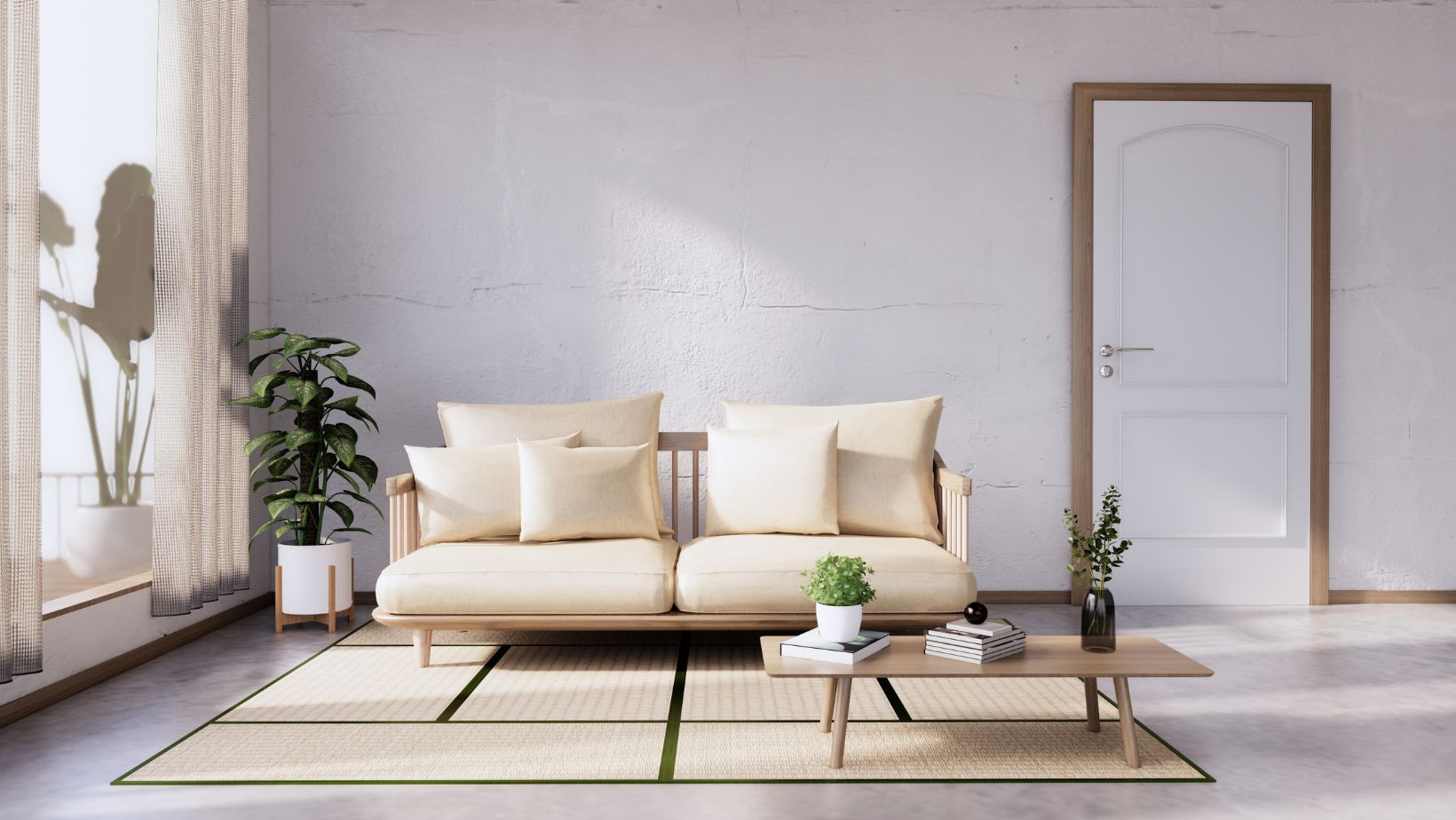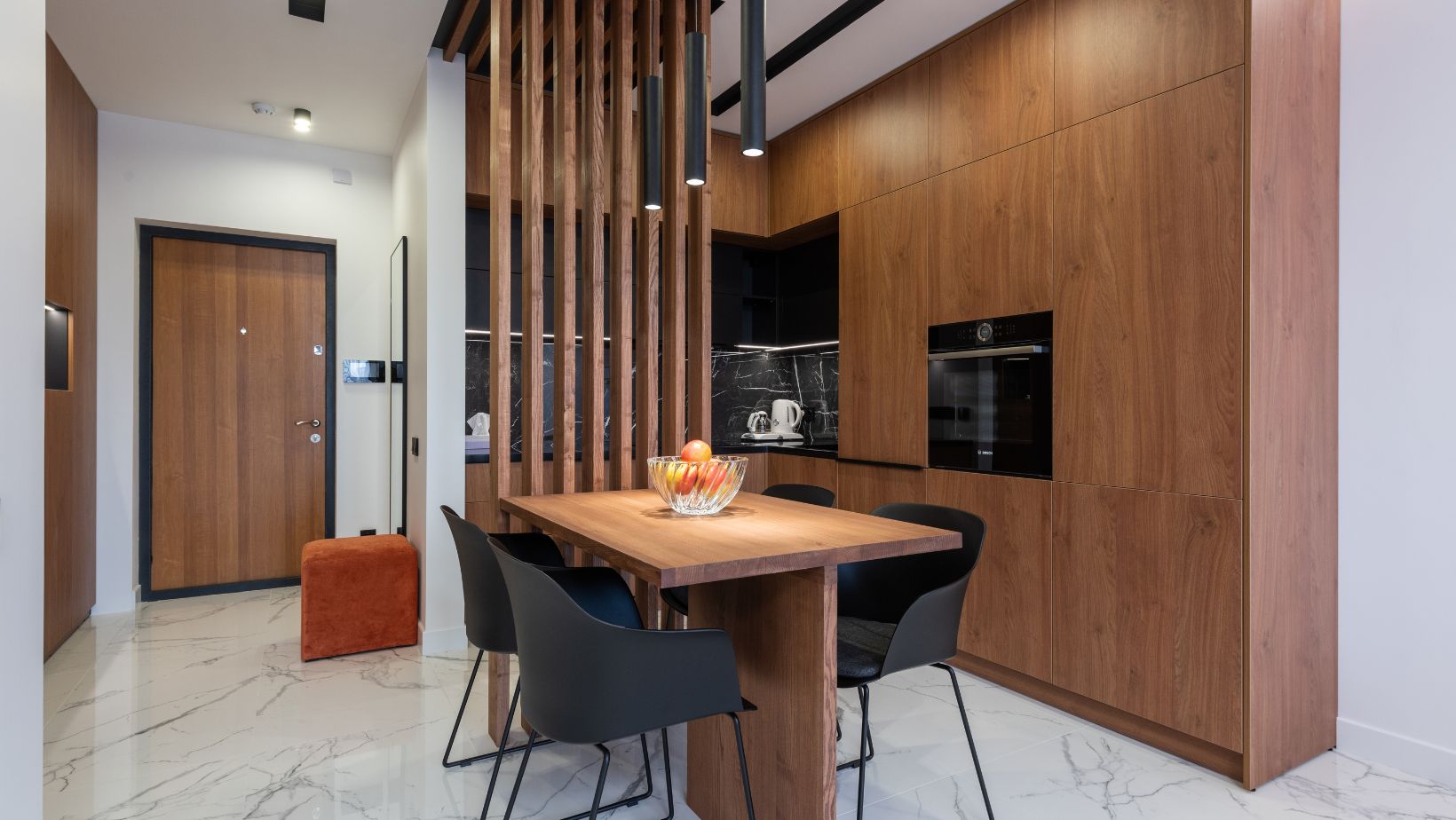In the world of interior design, visualization is key to creating the perfect space. One of the most innovative tools available to retailers, designers, and homeowners today is the furniture visualizer, that allows users to digitally place, adjust, and experiment with furniture arrangements before making any physical decisions. Whether you’re looking to revamp your living room or furnish an entirely new home, a furniture visualizer can make the process both easier and more exciting.
What is a Furniture Visualizer?
A furniture visualizer is an online or downloadable tool that enables users to digitally place pieces of furniture within a virtual room or space. Essentially, it functions as a 3D modeler, allowing users to see how different furniture items fit in a given environment. With these visualizers, you can upload floor plans or even create your own room layout, and then choose from an extensive catalog of furniture styles and sizes to see how they look in real time. Many visualizers even let you customize the color, texture, and material of the furniture, giving you complete control over the design process.
The technology behind furniture visualizers has evolved tremendously in recent years. From simple 2D designs to fully immersive 3D models, these tools are transforming how people approach interior design. Whether you’re a professional decorator or someone simply looking to spruce up their home, furniture visualizers can help make decisions easier and more accurate.
Why Use a Furniture Visualizer?
The primary benefit of a furniture visualizer is its ability to eliminate guesswork. It’s common for people to buy furniture and then find out that it doesn’t fit the room the way they imagined, or that the style clashes with the existing decor. A visualizer allows users to see the entire picture before making any financial commitments. Here’s how it can help:
- Accurate Space Planning: One of the biggest challenges in interior design is knowing whether furniture will fit properly in a room. With a furniture visualizer, you can input exact measurements of your space and then drag and drop furniture pieces to see how they will look in your room. This eliminates the uncertainty of whether that large sectional sofa will fit in your living room or if a particular dining table will leave enough room for people to move around.

- Exploring Styles and Themes: Interior design is about more than just function; it’s about creating a space that reflects personal style and ambiance. A furniture visualizer lets you experiment with different color schemes, furniture types, and overall room layouts. This means you can explore various themes – whether you want a cozy, rustic vibe or a sleek, modern look – all before making any decisions. It’s like having a full design studio at your fingertips.
- Visualization Before Purchasing: Often, furniture purchases are made based on a catalog or website description, but until the item arrives in your home, it can be difficult to imagine how it will truly look in your space. A furniture visualizer eliminates that guesswork. By virtually placing the item in your room, you can ensure that it’s the right choice and avoid returns or exchanges.
- Budget-Friendly Decision-Making: Interior design can be an expensive venture, and often, we end up making impulsive decisions that we regret later. A furniture visualizer helps you make thoughtful, informed choices by giving you a clear picture of what works before committing any money. Additionally, you may discover that some pieces look great together while others don’t, saving you from spending on items that will ultimately clash.
- Customization: Some furniture visualizers offer robust customization features that allow you to choose from a range of materials and finishes. Want to see how a leather chair looks in your living room instead of a fabric one? No problem. These tools give you the ability to visualize various textures and finishes, giving you a level of customization that goes beyond what’s available in a store showroom.
Key Features of a Furniture Visualizer
Furniture visualizer software comes with an array of features designed to streamline the design process. While the specific tools can vary depending on the platform, the following are some of the most common features:
- 3D Rendering: Most furniture visualizers provide 3D rendering technology, allowing users to see their space in three dimensions. This means you can view your room from multiple angles, ensuring that you make decisions based on an accurate representation of the space.
- Interactive Interface: Users can click and drag furniture pieces to place them where they want in the room. Many tools also allow users to scale furniture items, rotate them, and move them vertically or horizontally to get the perfect fit.
- Real-Time Adjustments: Furniture visualizers often come with features that let users make adjustments to furniture in real-time. You can try out different layouts, colors, and configurations instantly, making it easy to find a combination that works best.
- Product Catalogs: Many visualizers are connected to online furniture stores and offer an extensive catalog of pieces to choose from. This means users can pick from real-world furniture collections and virtually place them in their rooms.
- Lighting and Ambiance: Some advanced visualizers even allow users to adjust the lighting in their virtual rooms to simulate how furniture will look under different conditions, helping to create the most accurate representation possible.
Conclusion
In today’s fast-paced world, a furniture visualizer offers a powerful way to enhance interior design. Not only does it save time and money by helping you make informed decisions, but it also offers a creative outlet for experimenting with different styles and layouts.

With the ability to test out furniture arrangements and styles before purchasing, a furniture visualizer can make the entire design process smoother, more enjoyable, and less stressful. Whether you’re a seasoned designer or simply someone who wants to spruce up their space, this tool is a game-changer in the world of interior design.
